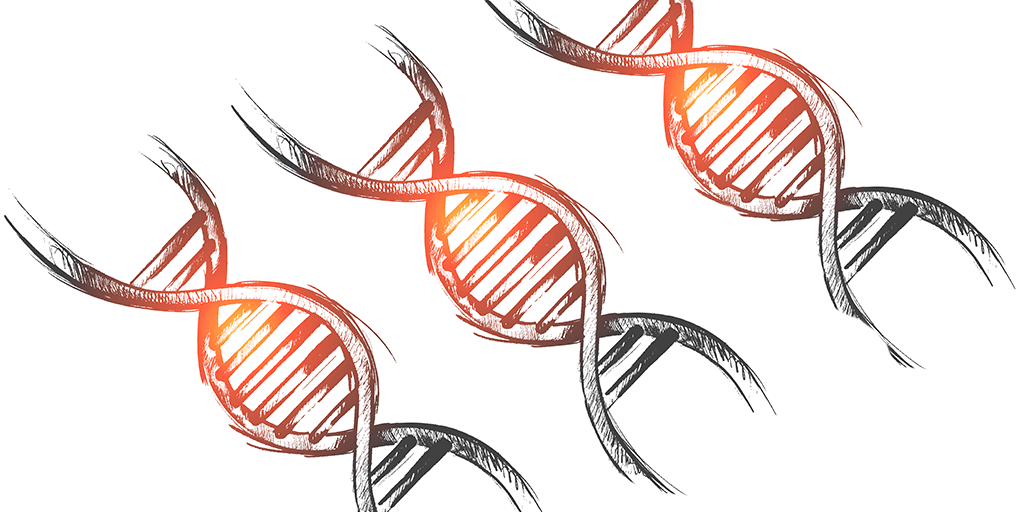A Non-Technical Look at Intelligent Design – Part II

In Part I we gave the following description of Intelligent Design from the website intelligentdesign.org, “The theory of intelligent design holds that certain features of the universe and of living things are best explained by an intelligent cause, not an undirected process such as natural selection. Through the study and analysis of a system’s components, a design theorist is able to determine whether various natural structures are the product of chance, natural law, intelligent design, or some combination thereof. Such research is conducted by observing the types of information produced when intelligent agents act. Scientists then seek to find objects which have those same types of informational properties which we commonly know come from intelligence. Intelligent design has applied these scientific methods to detect design in irreducibly complex biological structures, the complex and specified information content in DNA, the life-sustaining physical architecture of the universe, and the geologically rapid origin of biological diversity in the fossil record during the Cambrian explosion approximately 530 million years ago.”[1]
We now explore the first of four specific examples ID proponents use to show the types of information produced when intelligent agents act.
First, intelligent design has applied scientific methods to detect design in irreducibly complex biological structures.
Michael Behe defines irreducible complexity this way: “By irreducibly complex I mean a single system composed of several well-matched, interacting parts that contribute to the basic function, wherein the removal of any one of the parts causes the system to effectively cease functioning.” (Darwin’s Black Box (1996), p. 39.) In other words, if all the parts aren’t there and functional, the system simply doesn’t work.
A rather simple example of what is meant by irreducible complexity is a mousetrap:
“It contains five interdependent parts which allow it to catch mice: the wooden platform, the spring, the hammer (the bar which crushes the mouse against the wooden base), the holding bar, and a catch. Each of these components is absolutely essential for the function of the mousetrap. For instance, if you remove the catch, you cannot set the trap and it will never catch mice, no matter how long they may dance over the contraption. Remove the spring, and the hammer will flop uselessly back and forth—certainly not much of a threat to the little rodents. Of course, removal of the holding bar will ensure that the trap never catches anything because there will again be no way to arm the system.”
The author goes on:
“Now, note what this implies: an irreducibly complex system cannot come about in a gradual manner. One cannot begin with a wooden platform and catch a few mice, then add a spring, catching a few more mice than before, etc. No, all the components must be in place before it functions at all. A step-by-step approach to constructing such a system will result in a useless system until all the components have been added. The system requires all the components to be added at the same time, in the right configuration, before it works at all.”[2]
A second example, sometimes referred to as the poster child of ID, is the bacterial flagellum. Flagella are hairlike appendages that extend out from the body of the bacteria. It is the movement of these flagella that cause the bacteria to move around.
William Dembski and Sean McDowell explain, “the flagellum has multiple interdependent parts that are each necessary for its function. The intricate machinery of the flagellum includes a rotor, a stator, O-rings, bushings, mounting disks, a drive shaft, a propeller, a hook joint for the propeller, and an acid-powered motor.”[3]
What’s remarkable here is that all these parts are essential for the flagellum to function properly. Lose any part of the “machinery,” or any of the various proteins necessary to put them together, and the bacterium doesn’t move.
ID advocates ask, Could such a complex system have come together through multiple random variations since all the parts are essential for it to function? Or is some kind of designing intelligence a better explanation?
Go Deeper
- Habermas Resurrection Package Offer
- The Ultimate Science Package
- The Most Asked Prophecy Questions – Updated 2021 – Book
- https://intelligentdesign.org/whatisid/ emphasis added. ↑
- “Irreducible Complexity: The Challenge to the Darwinian Evolutionary Explanations of many Biochemical Structures,” www.ideacenter.org. ↑
- William A. Dembski, Sean McDowell, Understanding Intelligent Design: Everything You Need to Know in Plain Language (ConversantLife.com®) (Harvest House Publishers. Kindle Edition), p. 142.↑








